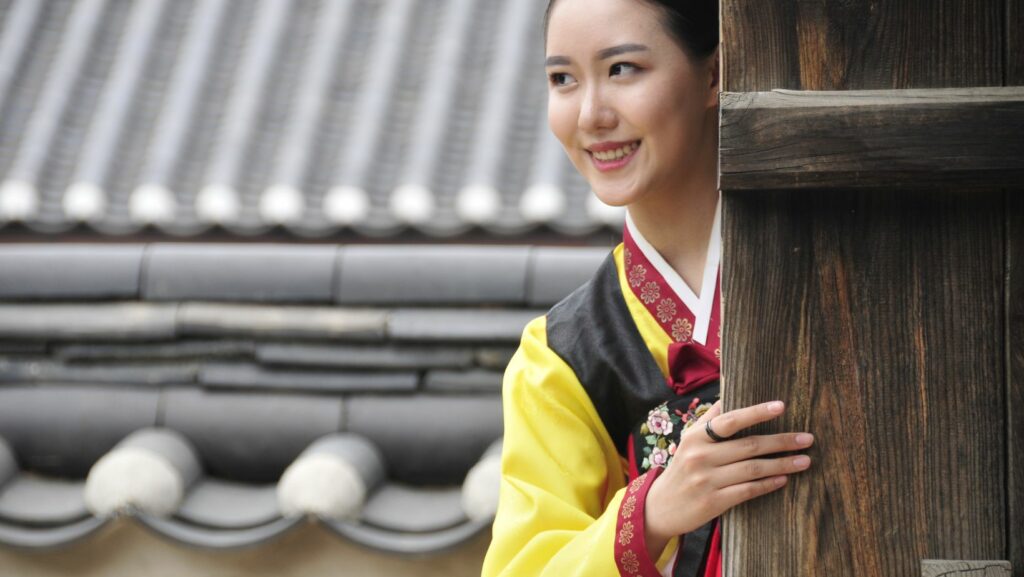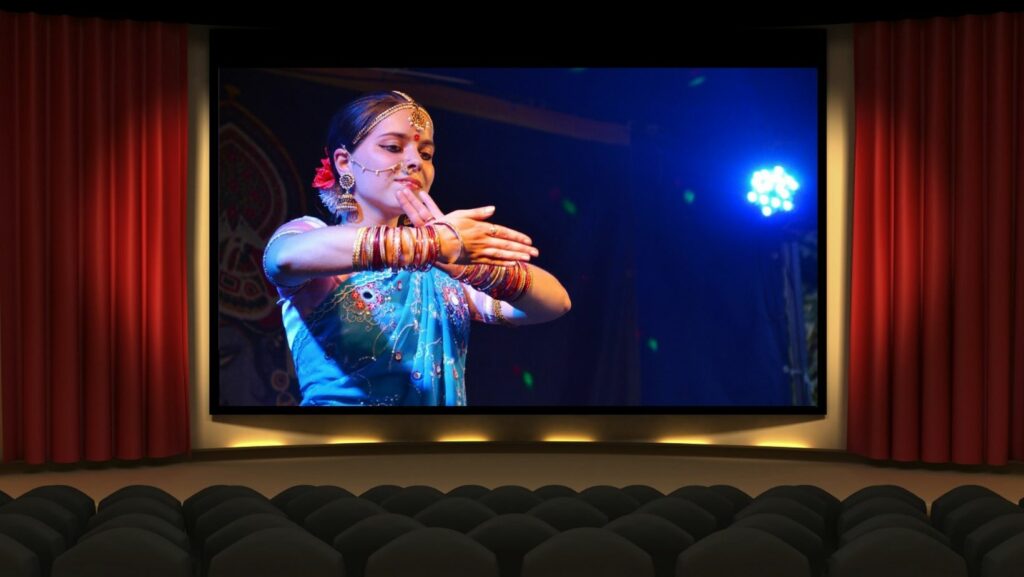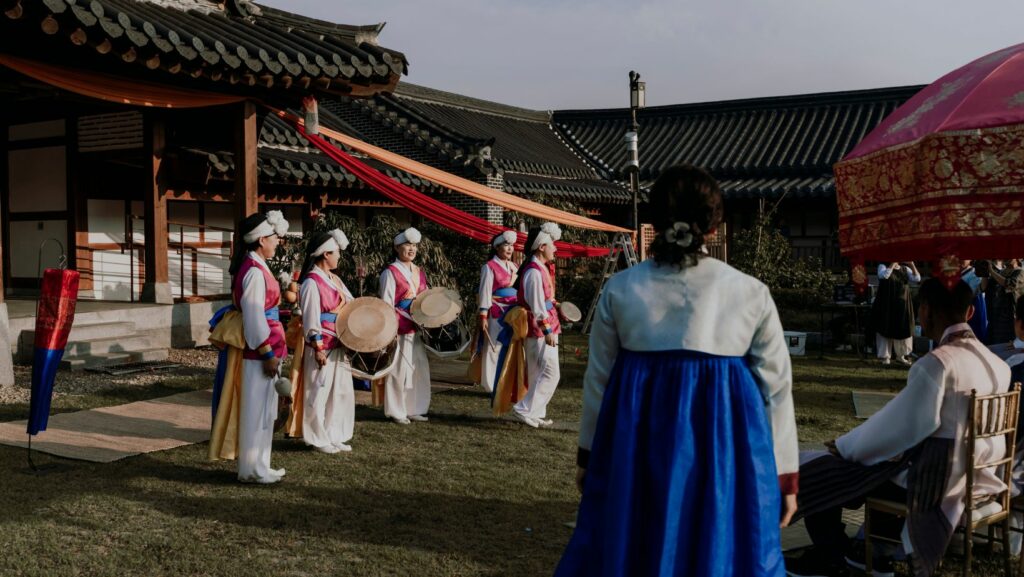The Classic Korean Movie
The world of cinema offers a treasure trove of stories, but few genres captivate quite like classic Korean movies. Known for their rich storytelling and emotional depth, these films have carved a niche in the hearts of audiences worldwide. With a unique blend of cultural nuances and universal themes, classic Korean cinema provides a window into the soul of Korea’s vibrant history and traditions.

From poignant dramas to thrilling action flicks, these films have left an indelible mark on the global stage. Directors like Kim Ki-young and Im Kwon-taek have masterfully woven narratives that resonate across generations, offering a glimpse into the complexities of human nature. Whether it’s the haunting beauty of “The Housemaid” or the epic grandeur of “Chunhyang,” classic Korean movies promise an unforgettable cinematic journey.
As interest in Korean culture continues to surge, exploring these timeless films offers both entertainment and insight into the country’s artistic legacy.
Overview Of The Classic Korean Movie
Classic Korean movies captivate with their distinctive cinematic style, marrying intricate narratives with deep cultural reflections. These films often showcase societal challenges, personal relationships, and philosophical inquiries. Directors such as Lee Chang-dong and Park Chan-wook are renowned for their creative storytelling, with works like “Peppermint Candy” and “Joint Security Area” depicting Korea’s complex social fabric. The seamless integration of cinematography and music further enhances their emotional resonance. Audiences globally appreciate the authenticity and depth found in these movies, as they offer a window into Korea’s evolving cultural identity.
Plot Summary
Classic Korean movies like “The Housemaid” and “Chunhyang” offer captivating narratives. “The Housemaid” follows a seductive housemaid who disrupts a composer’s family life. This thriller unfolds with unexpected turns, showcasing themes of desire and betrayal. In “Chunhyang,” a timeless love story set in the Joseon Dynasty captures the challenges faced by lovers from different social classes. The narrative intertwines romance with social critique, exploring themes of loyalty and societal norms. Another example, “Peppermint Candy,” employs a reverse chronological structure to unveil the life of a man unraveling against Korea’s tumultuous political backdrop. These films encapsulate the complex interplay of personal and societal themes, reflecting Korea’s historical and cultural tapestry.
Key Characters
Classic Korean movies showcase a diverse array of characters, each embodying unique traits that drive the narratives. By understanding these characters, viewers gain deeper insights into the themes explored in the films.
Main Protagonists

In “The Housemaid,” the titular character disrupts a family’s harmony, embodying desire and manipulation. The film’s composer character represents vulnerability, as his family’s stability unravels. “Chunhyang” features Chunhyang herself, a symbol of unwavering loyalty, challenging societal norms during the Joseon Dynasty. Her lover, Mongryong, portrays the struggles between love and duty under rigid class systems. “Peppermint Candy” follows Yongho, whose life’s unraveling reflects personal and political turmoil. Each protagonist uncovers layers of socio-political commentary and personal conflicts.
Supporting Cast
Key secondary figures enhance the storylines and enrich the narrative’s cultural context. In “The Housemaid,” the composer’s wife becomes a conduit for tension, illustrating themes of betrayal and desperation. Chunhyang’s mother in “Chunhyang” adds depth, poignantly highlighting class struggles and maternal devotion. “Peppermint Candy” introduces Yongho’s friends and colleagues, anchoring his personal journey within Korea’s shifting political landscape. These supporting characters amplify the emotional intensity and thematic depth of the main plotlines.
Themes And Motifs
Classic Korean films often explore universal themes that resonate deeply with audiences. Love, family, sacrifice, and tradition frequently serve as central motifs.
In classic Korean cinema, love often intertwines with sacrifice, illustrating the complexities of relationships. Films like “Chunhyang” highlight love as a driving force against societal constraints. Chunhyang’s loyalty to Mongryong embodies self-sacrifice, challenging existing societal norms. In “The Housemaid,” love is tainted by manipulation, with characters facing emotional turmoil and consequential sacrifice, demonstrating the destructive power of unchecked desires.

Family and tradition hold significant importance in Korean films, reflecting deep cultural roots. In “The Housemaid,” family disruption underscores themes of vulnerability and moral decline. The composer’s family represents a microcosm of societal expectations, with traditional roles challenged by external temptations. “Chunhyang” delves into the clash between personal desires and societal duties, using familial bonds and traditional values as narrative pillars, showcasing how these elements shape character motivations and arcs within a cultural context.

